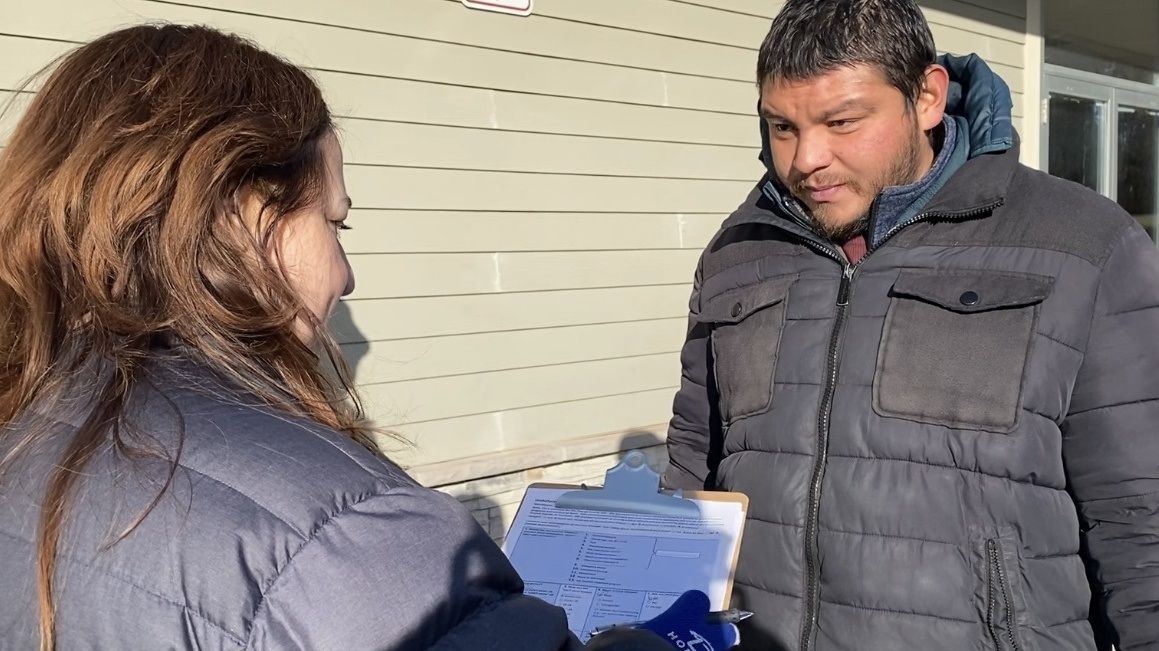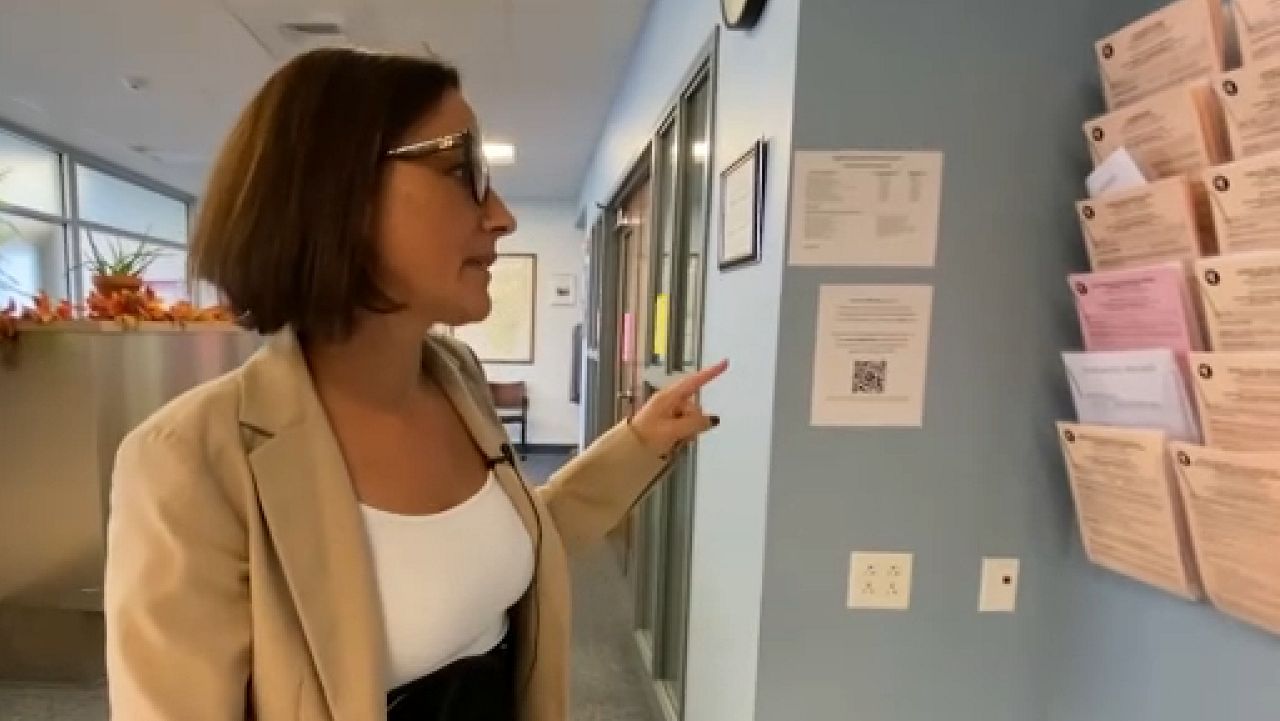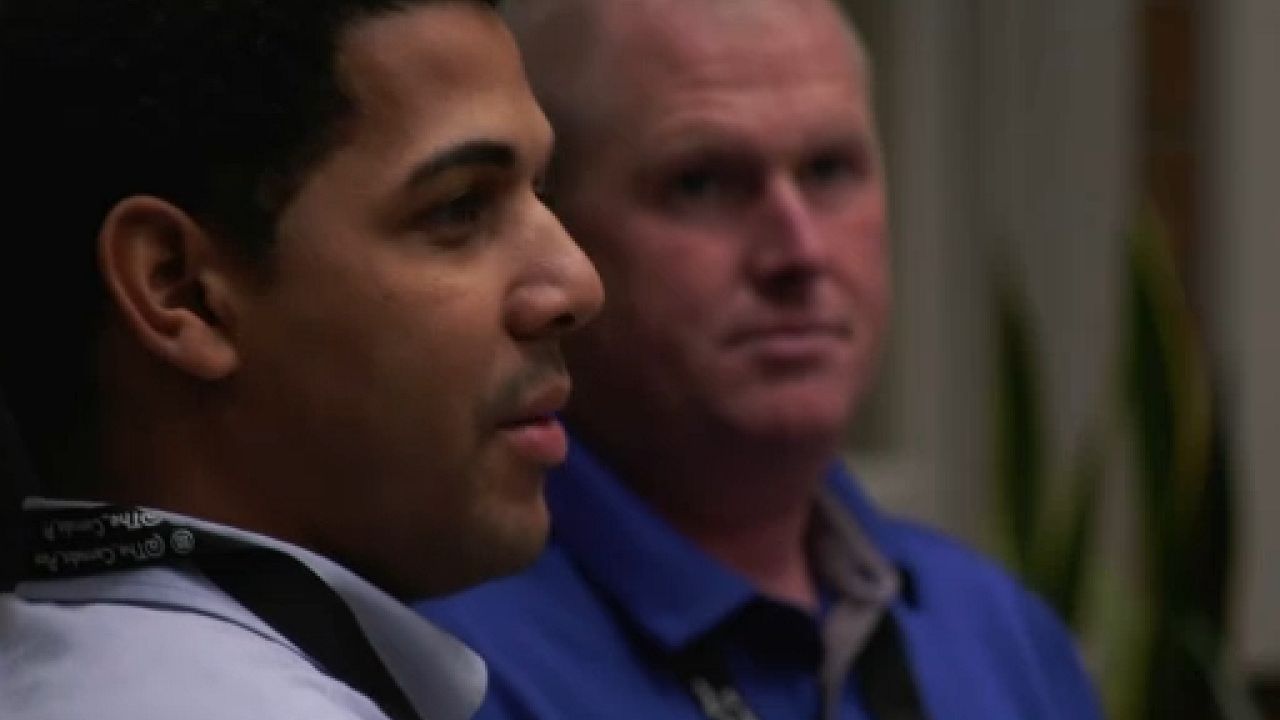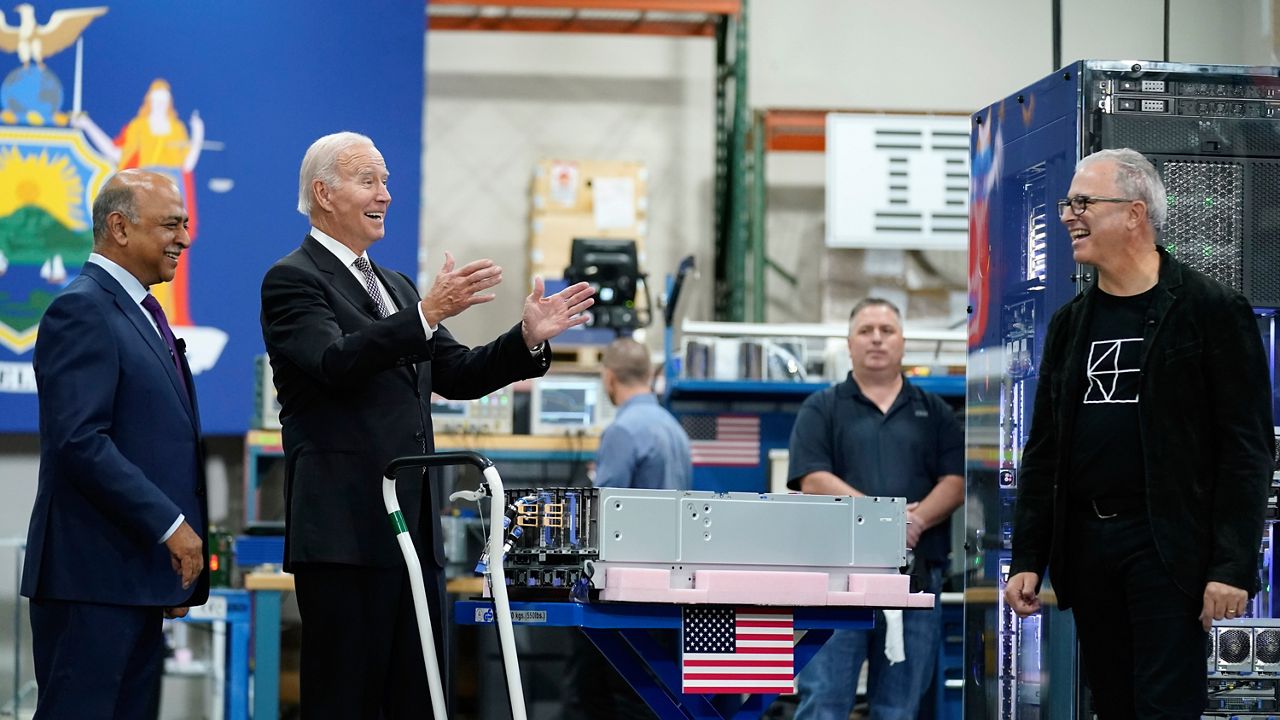New York’s workforce has gotten smaller. According to a report from the state Comptroller's Office, the state's total workforce shrank quicker than the rest of the country in 2020 and got smaller in 2021 when other states were bouncing back.
The state's unemployment rate was the third highest in the country, and New York had a greater share of underemployed workers than everyone else. The number of workers in New York is one percent lower than it was 10 years ago, while the rest of the nation grew more than five percent, according to the report.
While the workforce is growing again this year, it is still down by more than 400,000 people.
“New York state has an aging workforce and so, of course, you’re going to see some natural dips in participation,” said Russell Weaver, director of research at the Cornell ILR Buffalo Co-Lab. “There was a relationship between the labor force participation rate in regions that are losing more population, and that relationship was one-to-one.”
The report shows a 59% participation rate, three percent less than the national average. Experts say there was growth in 2019, but it was quickly slashed by the global COVID-19 pandemic.
“Some of our largest industries, of course, are 'eds and meds,' but we also have a lot of tourism-based economy, and those were industries hit hardest by the pandemic,” Weaver said.
A diminished workforce is probably not something that would cross your mind if you stopped by a job fair.
“I’ve been a stay-at-home-mom for the last four years and now that my daughter is in school, I’m ready to go back out into the workforce,” said Kimola Allen of Albany.
It is not always easy.
“You hear businesses all day long, 'We need workers.' And then we have job seekers on the other side that are like, 'I can’t find the right work that I’m looking for,'” said Brian Williams of the Capital Region Workforce Development Board.
Some jobseekers feel betrayed by employers.
“I was hired for one job, but I was doing two or three jobs,” said Jason Jones, a job-seeker from Albany.
Experiences such as those may deter some from participating in the workforce.
“When you’re hiring, you can’t overtax people in the job,” Jones said.
Experts say bridging the gaps is key in helping bolster the labor force.
“We’re often saying the quickest way out of poverty right now is between working in the skilled construction trades, as well as advanced manufacturing, and there is many folks in our cities and in our region as a whole that don’t know that,” Williams said.










